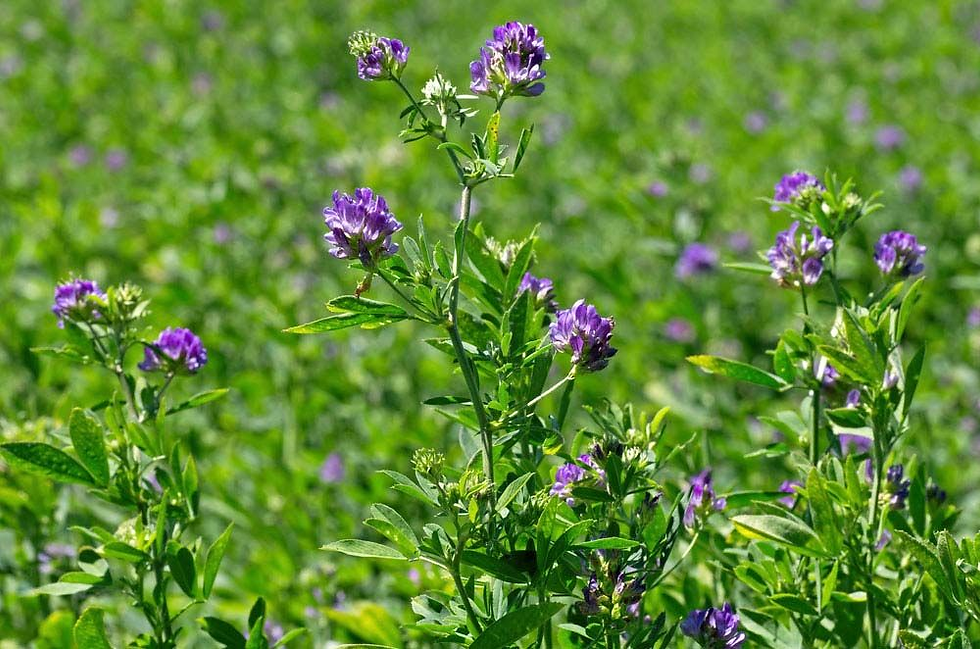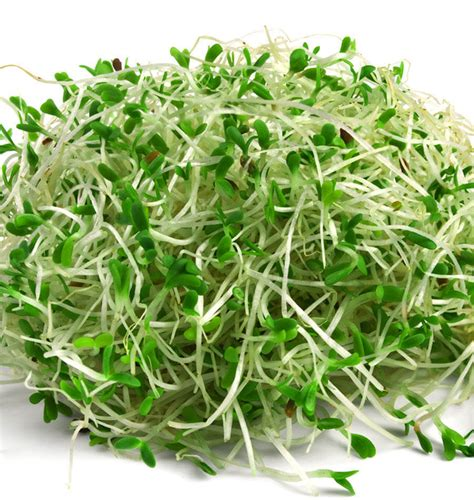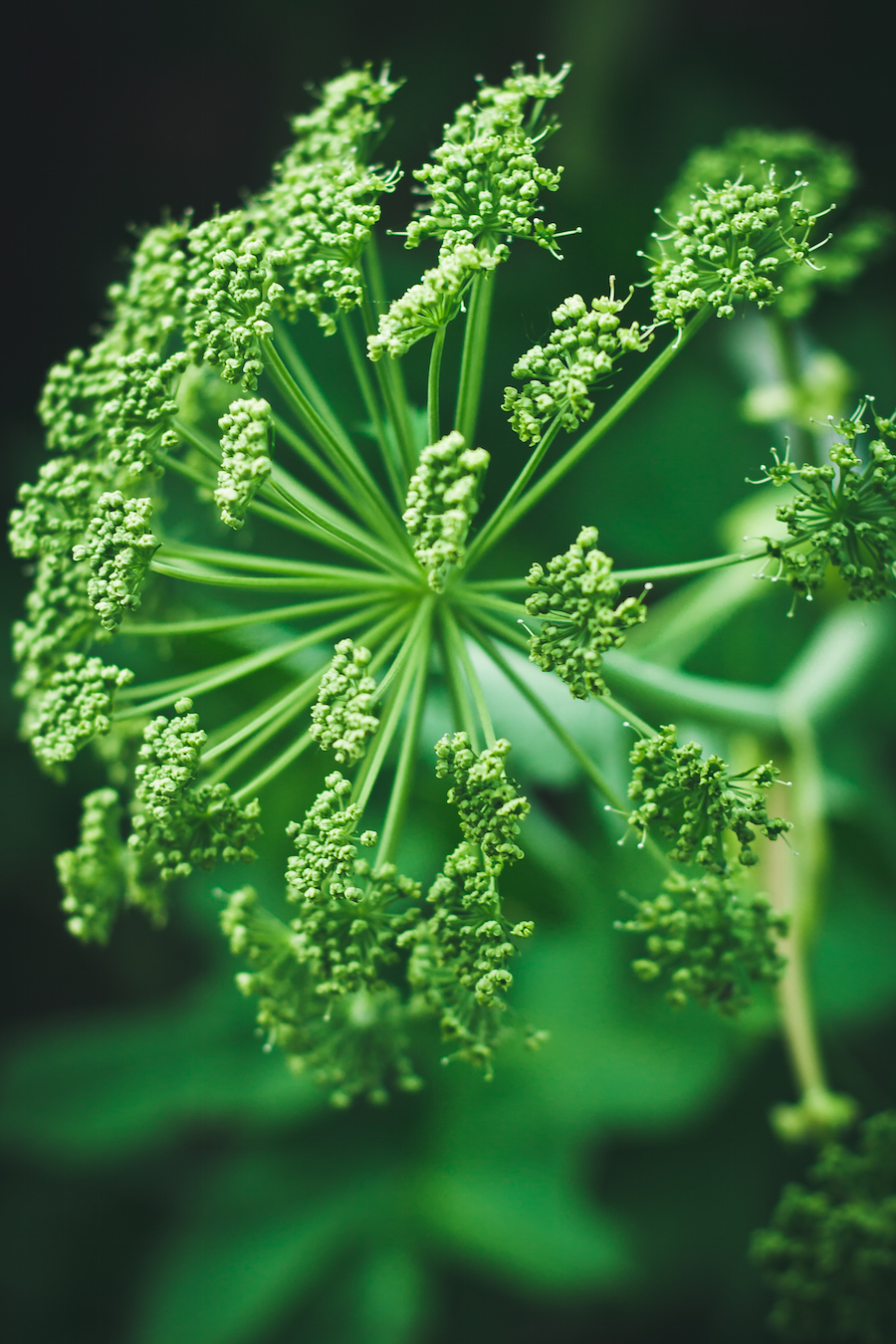Monograph: Alfalfa
- Andree Noye
- Aug 11
- 4 min read
Lucerne. The deep-rooted green powerhouse, drawing minerals from the depths to restore vitality from the ground up.

Key Therapeutic Categories
Systems: Digestive, Endocrine, Urinary, Cardiovascular, Musculoskeletal
Indications: Nutrient depletion, convalescence, debility, mild fluid retention, sluggish digestion, menopausal transition, hyperlipidemia
Primary Attributes
Actions: Nutritive tonic, phytoestrogenic, mild diuretic, hypocholesterolemic, anti-inflammatory, antioxidant, digestive bitter (Chevallier, 2016; Yarnell & Abascal, 2009)
Energetics: Cooling, moistening, building (Hoffmann, 2003; Winston & Maimes, 2007)
Tastes: Mildly bitter, sweet, grassy (Chevallier, 2016)
Methods: Infusion, fresh juice, capsule/tablet, tincture, powdered leaf
Uses
Nutritive tonic: Rich source of vitamins (A, C, K, B-complex) and minerals (calcium, magnesium, iron, potassium), replenishing in cases of chronic illness, postpartum, or during menopause (Bone & Mills, 2013).
Phytoestrogenic support: Isoflavones may help modulate menopausal symptoms and support bone health (Yarnell & Abascal, 2009).
Hypocholesterolemic effect: Saponins may lower LDL cholesterol and improve lipid profiles (Malinow et al., 1981; ESCOP, 2003).
Mild diuretic: Supports urinary elimination in mild water retention (Grieve, 1931/1984).
Digestive bitter: Mildly stimulates appetite and digestion in weakened states (Hoffmann, 2003).
Convalescence and recovery: Supports overall vitality and tissue repair after illness or surgery (Chevallier, 2016).
Botanical & Cultural Context
Latin Name: Medicago sativa L. Family: Fabaceae (Leguminosae) Other Names: Lucerne, purple medic, buffalo grass Parts Used: Aerial parts, especially leaf; sprouts (for food use) Native Region: Southwest Asia and Eastern Mediterranean; now widely cultivated and naturalized worldwide, including Nova Scotia (CABI, 2024). Description: Perennial legume with deep taproot (up to 6–9 m), trifoliate leaves with serrated tips, and clusters of violet to blue flowers. Fruits are coiled legumes containing small seeds. Root system makes it drought-resistant and capable of drawing deep minerals (Duke, 2002).
Sustainability / Ethical Harvesting
Not considered at risk globally (IUCN, 2024). As a widely cultivated crop and naturalized forage plant, there are no major conservation concerns. For wild stands, harvest from clean, unsprayed areas away from roadsides or agricultural spray zones. Best cut before flowering for highest nutritive value in herbal use (Grieve, 1931/1984).

Constituents & Pharmacology
Proteins & Amino Acids: High-quality plant protein with essential amino acids (ESCOP, 2003).
Vitamins & Minerals: Vitamin A (as carotenoids), vitamin K, vitamin C, B-complex, calcium, magnesium, potassium, iron, trace minerals (Chevallier, 2016).
Isoflavones & Coumestans: Genistein, daidzein, coumestrol – phytoestrogens with potential menopausal and bone health benefits (Yarnell & Abascal, 2009).
Saponins: Medicago saponins reduce cholesterol absorption and support bile excretion (Malinow et al., 1981).
Chlorophyll: Abundant in leaf tissue; may have mild detoxification and tissue repair benefits (Young & Beregi, 1980).
Pharmacology:
Hypocholesterolemic effects attributed to saponin-mediated binding of cholesterol in the gut.
Phytoestrogenic constituents may bind estrogen receptors, modulating hormonal activity.
Antioxidant flavonoids contribute to tissue repair and inflammation modulation (ESCOP, 2003).
Historical Uses
Cultivated for at least 2,000 years as a livestock forage and soil builder. Used in traditional medicine in Europe, the Middle East, and Asia as a strengthening tonic, diuretic, and digestive aid (Grieve, 1931/1984; Duke, 2002). In Ayurvedic tradition, Medicago sativa has been employed as a cooling, nourishing tonic for debility and tissue depletion.
Cultivation & Harvesting
Thrives in well-drained soils with full sun. In Nova Scotia, plant in spring after frost danger has passed; harvest leaf and stem before flowering for herbal use. Multiple harvests possible per season. Dry quickly in a warm, airy place to preserve nutrients; avoid over-drying to maintain vitamin content (Hoffmann, 2003).
Medicinal Uses / Clinical Studies
Cholesterol lowering: Clinical trials have shown modest LDL reduction in hyperlipidemic patients with alfalfa seed supplementation (Malinow et al., 1981).
Menopause support: Isoflavone content may reduce hot flash frequency in preliminary trials (Yarnell & Abascal, 2009).
General nutrition: Widely used in Western herbalism for its high micronutrient density in cases of malnutrition, postpartum recovery, and chronic illness (Chevallier, 2016; Hoffmann, 2003).
Preparation & Dosage
Infusion: 2–3 g dried aerial parts per cup boiling water; steep 10–15 minutes; 2–3×/day.
Tincture: 1:5 in 40–45% alcohol; 2–4 ml 2–3×/day.
Powder: 1–2 g daily, often in capsules or mixed with smoothies.
Sprouts: Common as a fresh food source; nutritional benefits align with herb form.
Safety & Contraindications
Avoid high-dose seed consumption in pregnancy due to potential uterotonic effects (ESCOP, 2003).
May exacerbate lupus symptoms in susceptible individuals due to L-canavanine content (Howie et al., 1984).
Vitamin K content may interfere with anticoagulant therapy (warfarin).
Otherwise generally well tolerated in moderate dietary or therapeutic use.
Species Highlights
Medicago sativa — Cultivated alfalfa, standard herbal source.
Medicago falcata — Yellow-flowered alfalfa, sometimes hybridized with M. sativa for cold-hardy forage; similar nutrient profile.

References
Bone, K., & Mills, S. (2013). Principles and Practice of Phytotherapy (2nd ed.).
Elsevier.CABI. (2024). Medicago sativa datasheet. CAB International Invasive Species Compendium.
Chevallier, A. (2016). Encyclopedia of Herbal Medicine (3rd ed.). Dorling Kindersley.
Duke, J. (2002). Handbook of Medicinal Herbs (2nd ed.). CRC Press.
ESCOP. (2003). Monographs on the Medicinal Uses of Plant Drugs (2nd ed.). European Scientific Cooperative on Phytotherapy.Grieve, M. (1984). A Modern Herbal. Dover Publications. (Original work published 1931)
Hoffmann, D. (2003). Medical Herbalism: The Science and Practice of Herbal Medicine. Healing Arts Press.
Howie, J. B., et al. (1984). Canavanine-induced lupus-like disease in the NZB/W mouse. Clinical and Experimental Immunology, 55(2), 275–284.Malinow, M. R., et al. (1981). Reduction of plasma cholesterol in humans by dietary alfalfa saponins. Atherosclerosis, 39(4), 443–450.Wikipedia. (2024). Medicago sativa. Retrieved from https://en.wikipedia.org/wiki/Medicago_sativa
Winston, D., & Maimes, S. (2007). Adaptogens: Herbs for Strength, Stamina, and Stress Relief. Healing Arts Press.
Yarnell, E., & Abascal, K. (2009). Phytoestrogens and herbs in menopause. Alternative and Complementary Therapies, 15(2), 84–90.
Young, R. W., & Beregi, J. S. (1980). Use of chlorophyllin in the care of geriatric patients. Journal of the American Geriatrics Society, 28(1), 46–47.



